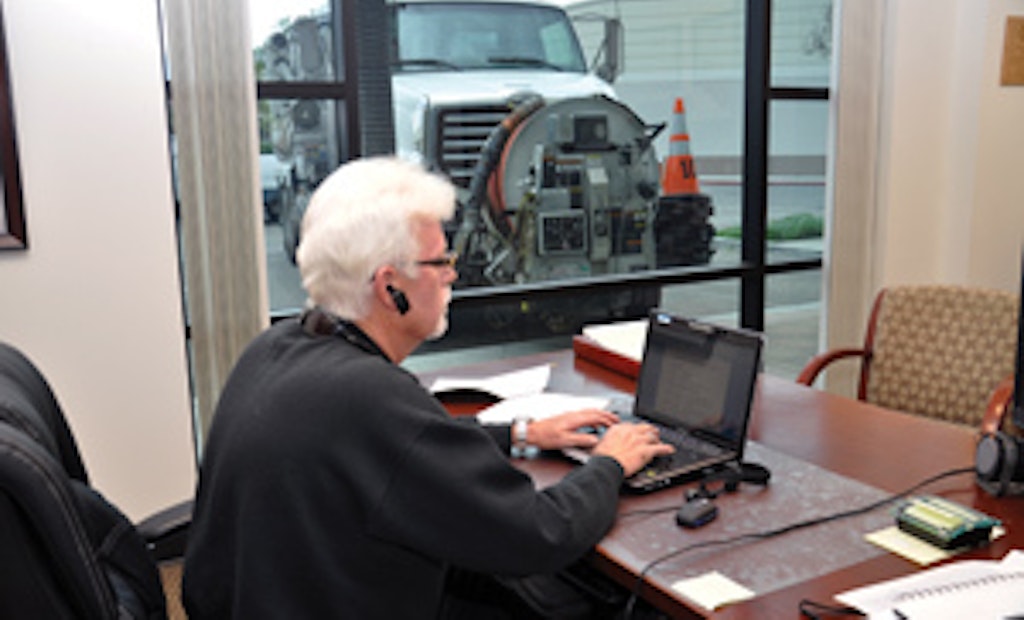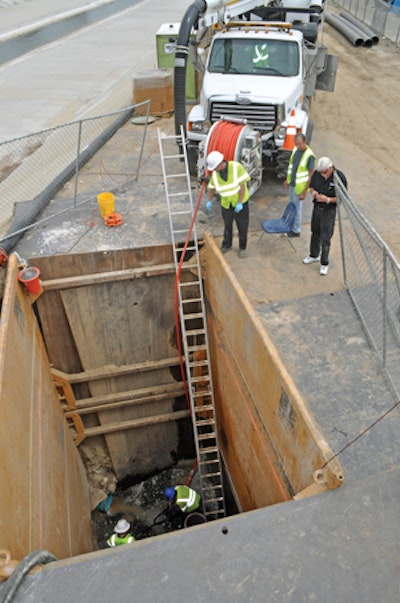
As contractors, we regularly face the challenge of coming up with the right numbers in order to win bids. We go back and forth and up and down trying to determine the magic number that is going to help us secure a project. After a lot of contemplation and soul searching, we finally settle on a number. We write it down on the bid papers, all the while questioning whether it is too high or too low.
Coming up with the right price is a challenge for everyone. We want to price it low enough to win the bid, but we don’t want to bid it so low so that we end up losing money. This is a challenge that every contractor experiences, especially in today’s competitive climate.
There are many factors that determine the “right price,” but understanding our true cost of business is the most important factor. Unfortunately, many contractors have no idea what it costs them to run their businesses and they tend to chronically underprice their work because of it. This, of course, is a sure road to disaster.
Understanding what it costs to put a combination unit or a CCTV inspection van in the field is critical to the survival of any company. Without this understanding it is impossible to know whether we are making a profit or not. Bidding projects blindly will put us out of business quicker than anything else. We must know what our costs are in order to ensure that our trucks are making money every time they go out on a job.
Accounting basics
Let’s look at the areas that must be considered in determining the price for a job. Most of the costs we have in our business fall into three categories; fixed costs, fixed variable costs and variable costs.
Fixed costs are the overhead that we incur as a company. Some examples are rent, equipment and salaries. These costs are pretty much predicable each month.
Fixed variable costs are monthly expenses that we always have, but their cost varies from month to month. Things like phones, insurance, taxes and fuel fit into this category.
Variable costs, on the other hand, typically rise and fall in relation to our sales. These costs are made up of job materials, wages of part-time or temporary employees, maintenance, etc.
Our cost of labor is also considered a variable cost. And since it is one of the largest expenses we have in business, we need to have a pretty good understanding of it. We must know exactly what an employee costs before we can accurately determine what it will cost us to operate on an hourly or daily basis. Remember that this cost isn’t just their salary; we must also take into account their benefits, per diems, lodging and expense accounts.
Once we have an understanding of what our true cost of business is, we can begin to determine what it actually costs us to mobilize a crew. Understanding where our break-even point is will help us bid projects more accurately and help us factor in a known profit margin.
Proposals
Proposals can be submitted in a variety of ways. They may be hourly, daily or by the foot. But no matter what method is proposed, it all comes down to the same thing. What does it cost to operate a crew for an hour? Knowing this will also help us understand what it costs to operate on a daily, weekly and monthly basis.
Bidding by the foot is a little more complicated because we must be able to predict, with some certainty, how many feet we are able to clean or inspect in an hour or in a day. When we know this, we can then affix a per-foot dollar amount by dividing our cost per hour by the number of feet we can clean or inspect in that hour.
If we estimate low in the amount of feet we can complete in a day, then we have a problem. If, for example, we calculate our rates based on 4,000 feet per day, but only get 3,000 feet, then our calculations are out the window and we will take a loss on the project. However, if we can get to the point where we can predict our production consistently, then we can assure ourselves profitability.
Profit is one of the most important things in business. We must figure in a profit for every hour and every foot of work we do.
Profit is the lifeline of any business. Profit is the amount of money we add above our costs in order to make the job worthwhile. Unfortunately, the media has demonized this word. They have made it synonymous with corporate greed and ill-gotten gain. But let me assure you, anyone who makes this kind of statement has no idea how business works. In fact, they are completely unaware of its importance to our economy.
Without a profit, no company will succeed. If they were to charge just enough to cover their costs, then it would only be a matter of time before they went out of business. Why? Because eventually there would not be enough money to cover their operating costs. Cash flow would dry up and bankruptcy would be knocking at the door.
Profit is what helps us build a reserve. It gives us some breathing room when receivables are slow in coming. It is also what helps us weather unanticipated catastrophes. If, for example, a combination unit goes down and a very expensive repair is needed, a cash reserve would be needed in order to cover the cost. If there is no reserve, then the combo truck won’t be fixed, the job won’t be completed and the money supply will just dry up. That is why we must charge a little extra on each job in order to build the cash reserve we need.
Staying competitive
In order to secure more bids, we must figure out how to be more competitive with our prices. By identifying areas where we have an advantage over our competition we can begin to chip away at our lowest price.
Perhaps you have invested in tools that help you increase production. Maybe you have procedures in place that make you more efficient. Or, maybe it’s the knowledge and experience you have that helps you operate more profitably. Any advantage you can develop will help you be more competitive.
The biggest advantage you may have is the physical location of the project. If the job site is close to your operations yard, then this can be a significant benefit over your competition. Your backyard is where you should be most competitive because it allows you to be more aggressive with your pricing. If the distance that you travel to the job site is shorter than your competitors, then your cost of business is less. You are paying less for fuel and less labor time to get to the job site. It can be a major advantage when your competition is figuring in mobilization costs that you don’t have to. Your savings on this alone can be significant, especially on long projects.
Being more organized than your competition can pay dividends as well. By keeping track of past bids, you may get an insight into where your competitor’s numbers might be.
Training can also work to your advantage. Employees who know what they are doing and are able to perform their jobs more efficiently will help your bottom line.
An effective system of accountability can be an advantage as well. Having proper oversight on the job will ensure that employees are working more efficiently. Every wasted minute affects your bottom line. Maximizing your labor will increase your profit margins extensively.
Conclusion
Adding an accounting firm to your team is one of the best investments you can make as a company. Accountants can help make your finances understandable and can even spot negative company trends long before they affect your bottom line. Having financial professionals on hand to advise you can add significantly to your success.
We cannot become complacent and expect our income to remain steady. We must keep our eye on the ball and realize that the market is constantly changing. If we simply react to it, we may be too late. We must be proactive and take steps to adapt before our competition does.
By gaining a thorough understanding of our company finances, we can guarantee that decisions are based on fact and not emotion. When we bid on emotions, we tend to throw out numbers that are unsustainable. However, when we bid with facts, and know exactly where our bottom line is, we are able to bid aggressively while still remaining profitable.






